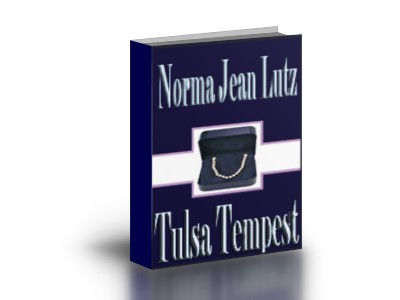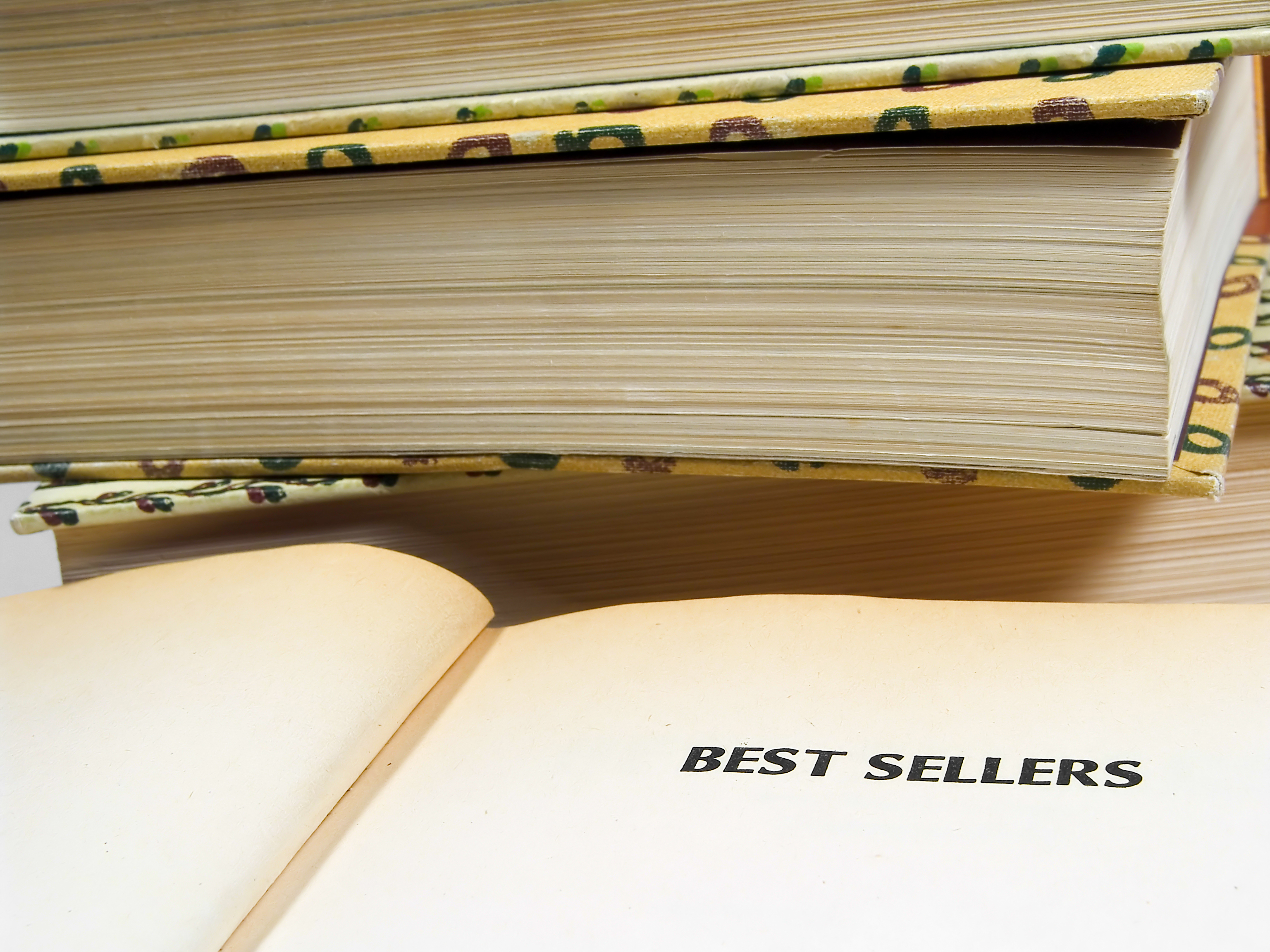My dictionary tells me that plot refers to a section of ground, such as a garden plot. It can also be a scheme or a plan, such as the plot to assassinate a leader. Plot may also refer to a diagram or map. But to a novelist, our view of the term plot is pretty narrow minded.
Our plot is our novel. Our novel contains our plot. Our novel thrusts us into the ongoing action of plotting. (Now it’s a verb!) Plotting often consumes the novelist night and day. Plotting can draw us away from the everyday world into our world of fabrication and make-believe. The more entrenched we become the more fun we have and the more captivated we are.
Many Different Ways
Plotting is both general and extremely personal. The more you study the subject of novel writing, the more how-to-plot instructions you will be introduced to. Some will make you cringe; others will make you laugh; still others will stimulate your imagination and fireworks will go off deep in your subconscious (where your novel has been simmering).
Some authors plot by using little 3×5 cards with various points noted on each card. (Woe to the one who spills the arranged-just-so card file.) Authors such as Toni Morrison and Katherine Anne Porter begin writing at the end. Anthony Burgess (A Clockwork Orange) quipped: “I start at the beginning, go on to the end, and then stop.”
Of course the many different teachings and many different experiences of others tend to become confusing (and not a little frustrating) to the beginning novelist. Bottom line, the best way to plot your novel, quite obviously, is your way – but when you’re writing your first novel, how in heaven’s name do you know what your way is?
Don’t Stop…
In spite of the fact that on the surface all the different advice may appear confusing, don’t stop studying. May I repeat? Don’t stop studying. Don’t stop reaching out and learning all you can about writing. Read novels; study novel writing – consistently.
The greater your exposure to different writing styles, different writing methods, and different potting techniques, the greater the chance of your finding your own path. Why is that so? Because somewhere along the way, something will begin to resonate within you.
 You’re reading a novel; or you’re reading a book about writing, or you’re listening to a writing instructor and all of a sudden, you suck in your breath! Ah ha! Yes! There it is.
You’re reading a novel; or you’re reading a book about writing, or you’re listening to a writing instructor and all of a sudden, you suck in your breath! Ah ha! Yes! There it is.
What just happened? Only you can answer that, but be assured you should never take such a moment for granted. Stop. Make notes. Capture it. Something resonated, but what was it? Write it down. It could be the very key that gently turns inside the lock that opens the way to determine how you will put your story together. You are learning about your creative self – that creative self that will write an entire novel.
That, my novelist friend, is part and parcel of the amazing force of plotting.
~*~*~*~*~*~*~*~*~*~*~*~*~
 All four titles of the Tulsa Series: Tulsa Tempest, Tulsa Turning, Tulsa Trespass and Return to Tulsa are available on Amazon Kindle. Historical fiction set against the backdrop of the 1921 Tulsa Race Riot. Check them out HERE.
All four titles of the Tulsa Series: Tulsa Tempest, Tulsa Turning, Tulsa Trespass and Return to Tulsa are available on Amazon Kindle. Historical fiction set against the backdrop of the 1921 Tulsa Race Riot. Check them out HERE.
~*~*~*~*~*~*~*~*~*~*~*~*~
Photo Credit: © Mike Watson | Dreamstime.com

